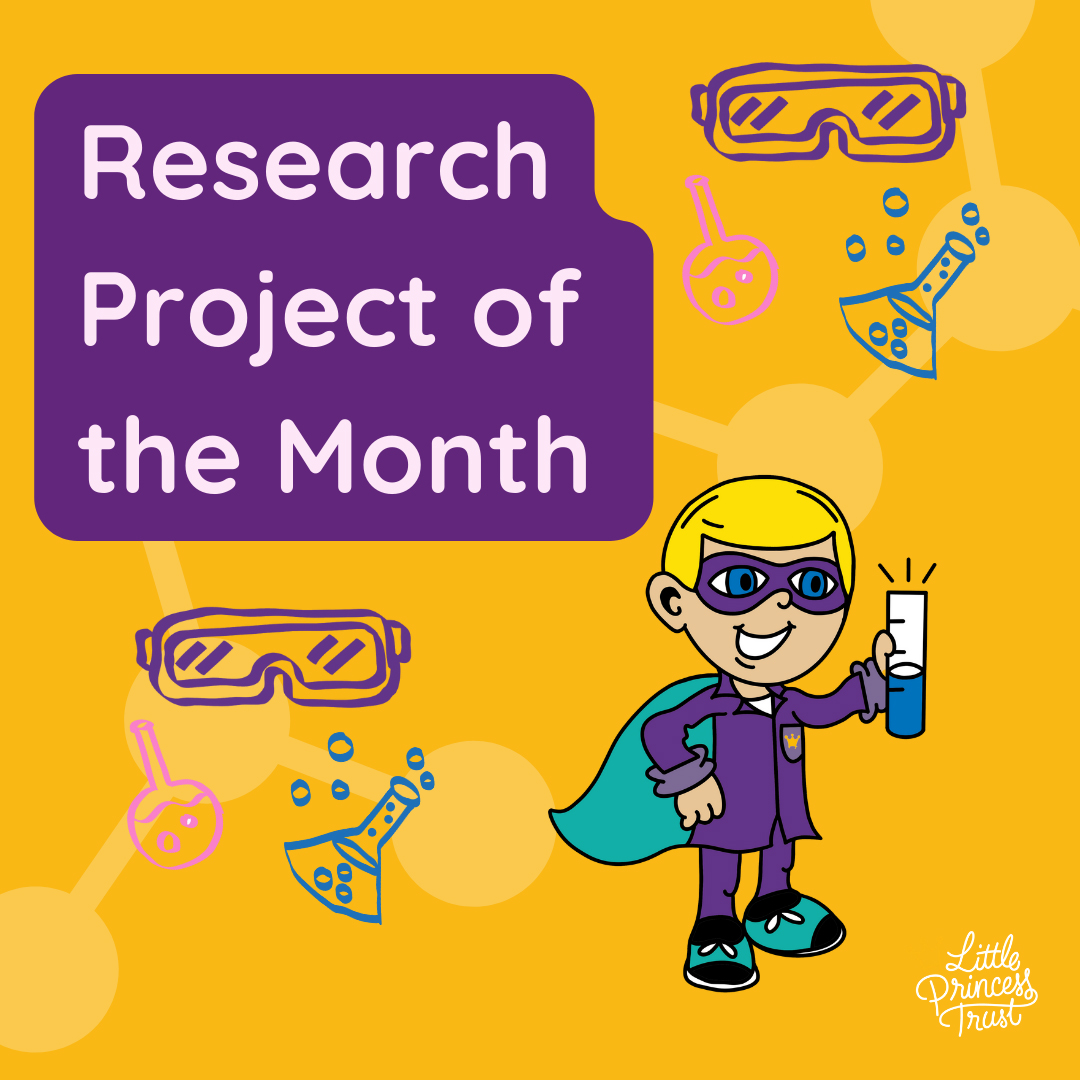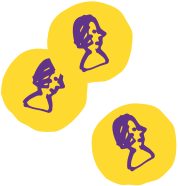Little Princess Trust News
Can lab-grown models help us outsmart childhood B cell lymphoma?

Research team studies how and why some cancer cells survive treatment.
When researchers are trying to find new treatments for cancer, they can’t just test them out on real patients.
There are a lot of steps before a new treatment is allowed to be given to humans, especially for children with cancer. They need to show that it’s not only safe, but also likely to be effective – not just for one person, but for many.
But how can you show that something is effective if you’re not allowed to test it in ‘real world’ conditions? And how can you show that it would work for lots of patients?
This is especially difficult for rare childhood cancers, because there aren’t that many patients diagnosed.
That’s where lab-based models come in. These are specially designed systems, like cancer cells grown in dishes or complex organisms.
They allow scientists to mimic how cancer behaves in the human body. But these models do have to be proven accurate to be useful.
Professor Suzanne Turner and her team at the University of Birmingham have been working on models for B cell non-Hodgkin lymphoma (B-NHL).

With support from LPT in 2021, they set out to build new models of childhood B-NHL. They wanted to find a way to show why treatment sometimes stops working – especially in relapsed B-NHL.
Their models combine human tumour cells and immune cells. This gives scientists a clearer picture of how this type of cancer responds to treatments in a whole body setting, not just in plastic lab dishes. Suzanne's project completed earlier this year, and 10 models have now been developed and carefully validated.
Using these models, the team has studied how and why some cancer cells survive treatment. They’ve been able to tag and track tumour cells, showing how some groups of cells can slip under the radar after treatment and reappear later.
This work revealed some surprising findings, such as finding drug resistance markers that may already be present before treatment begins. Insights like this help refine future research directions, and show which treatments are best for which patients.
The models are now being used to inform a global B-NHL clinical trial, but that's not all. The project has also led to new funding, collaborations, a PhD project, and resources now used by other teams.
Suzanne’s team is now applying these models to explore new immunotherapies and discover hidden weak spots in the cancer – all with the goal of better, kinder treatments for children with B-NHL in the future.
Find out more about this project here.



